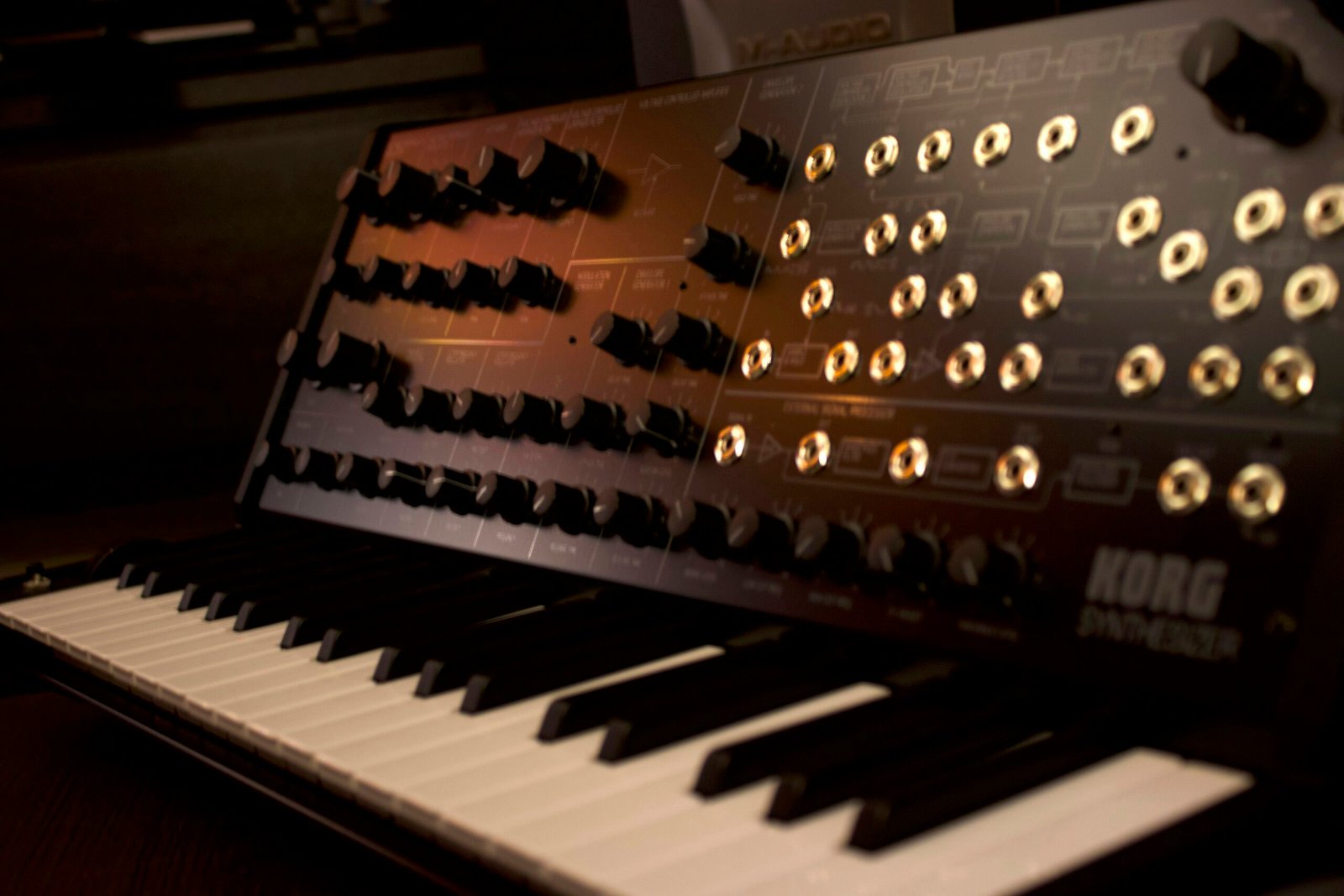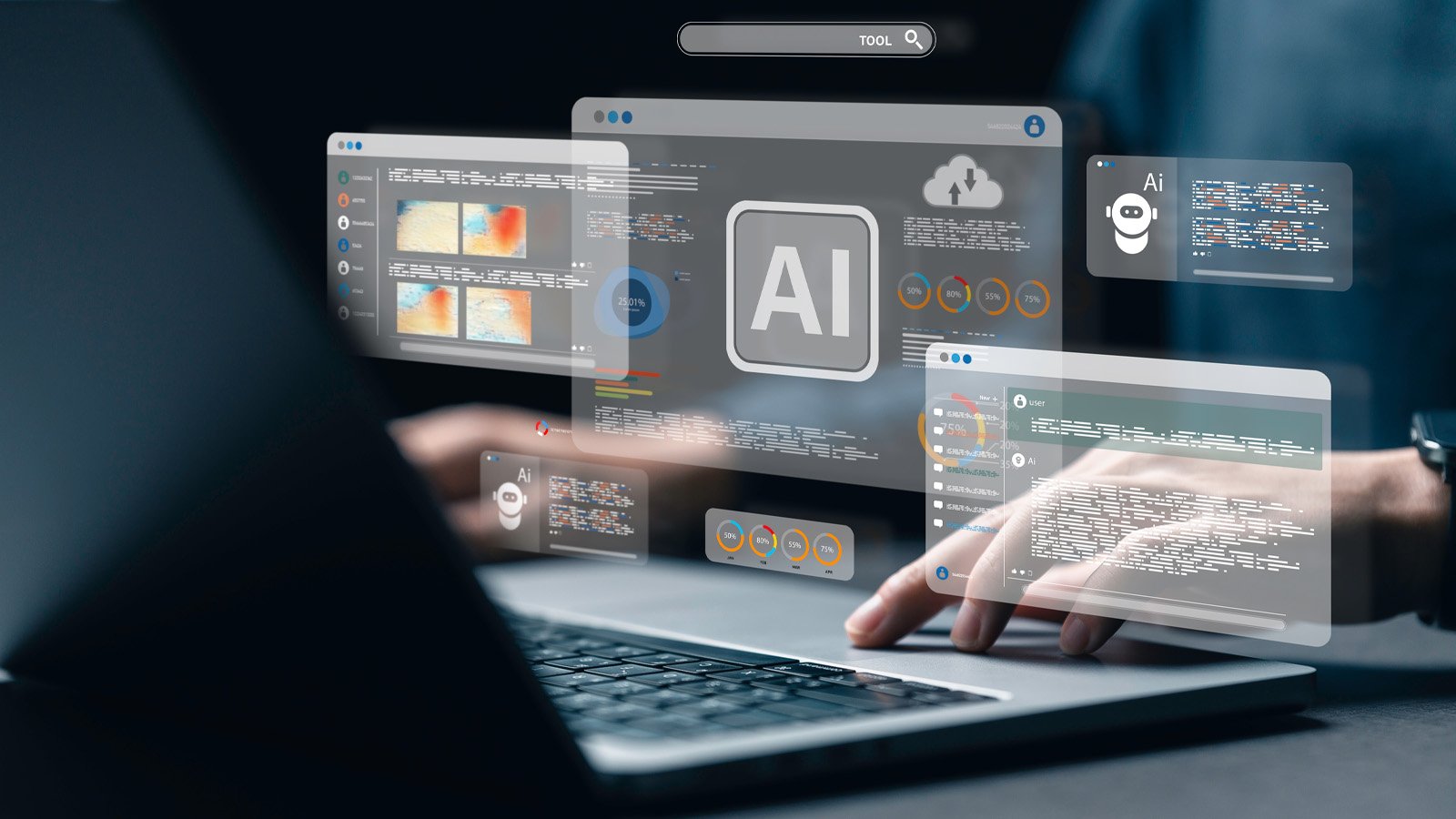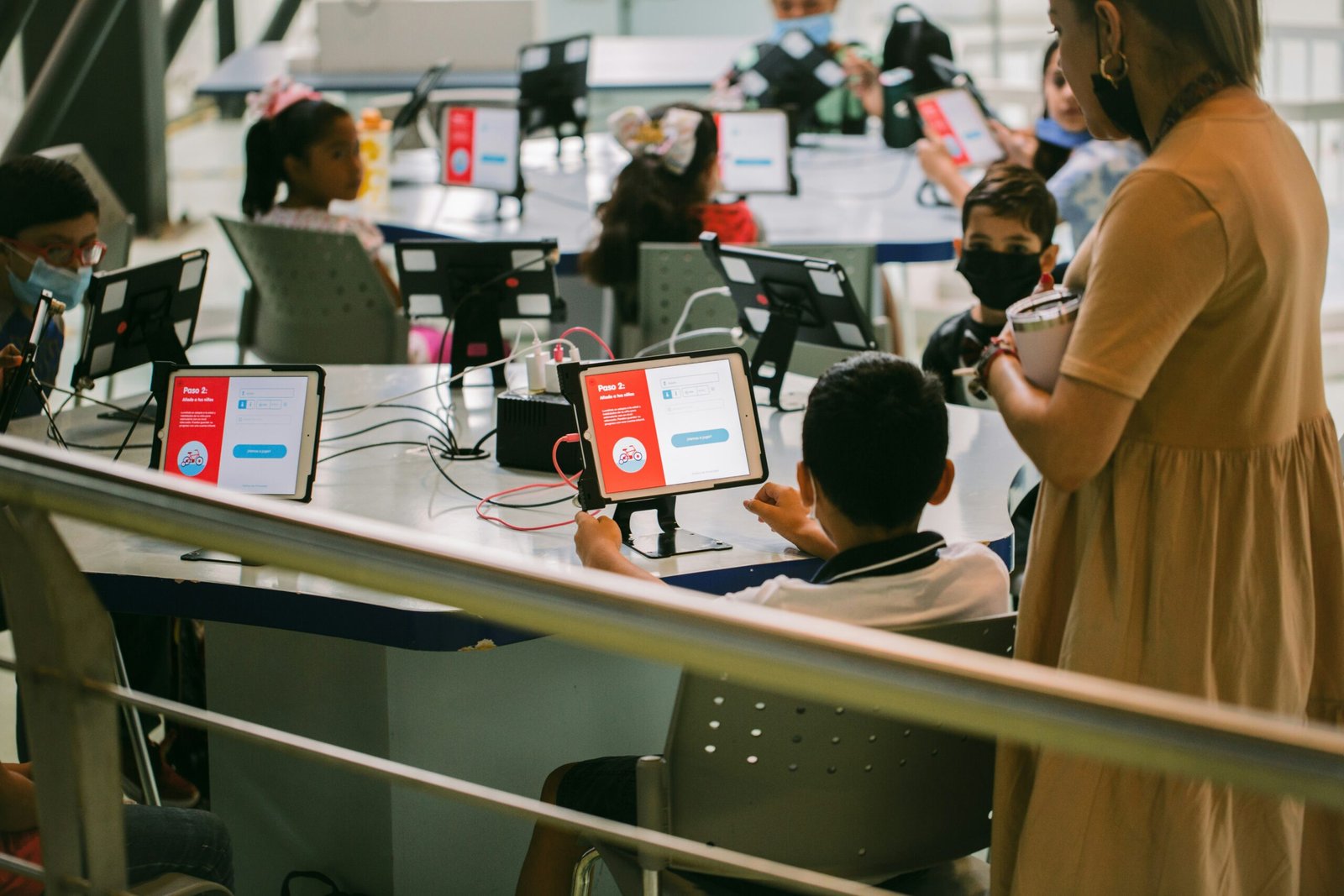Introduction to Generative AI in Instrument Design
Generative AI represents a revolutionary shift in technology, particularly in the realm of design. At its core, generative AI involves algorithms that can create new designs based on specified parameters, harnessing the power of machine learning. This novel approach has found its place in various fields such as architecture, product development, and notably, instrument design. The emergence of generative AI has opened fresh avenues for designers and engineers looking to innovate within this domain.
In instrument design, generative AI facilitates a dynamic interplay between creativity and technical proficiency. By leveraging vast datasets of existing instrument designs and performance metrics, these AI algorithms can generate a multitude of concepts, allowing designers to explore options that may not have been conceived through traditional methods. This process enhances the design workflow, enabling more complex shapes and materials to be considered, ultimately leading to innovative instruments that meet contemporary performance demands.
The relevance of generative AI extends beyond mere aesthetic enhancement. It significantly aids in solving intricate challenges faced by designers and manufacturers. For instance, it can optimize the acoustics of a musical instrument, allowing for a superior sound quality that resonates with both musicians and audiences. Furthermore, generative AI can streamline production processes, reducing material waste and addressing sustainability concerns within the industry.
As the demand for unique, high-performance musical instruments continues to grow, the role of generative AI is becoming increasingly critical. It equips designers with the tools necessary to push boundaries, ensuring that instrument creation is not only efficient but also in line with artistic aspirations. This introduction sets the groundwork for understanding how the transformative capabilities of generative AI can redefine instrument design and spur a new era of innovation.
Enhancing Creativity and Innovation
Generative AI represents a monumental shift in the landscape of instrument design, serving as a catalyst for enhanced creativity and innovation. By leveraging sophisticated algorithms, generative AI can analyze vast datasets to explore and visualize new concepts, shapes, and materials that might not be readily apparent to human designers. This technology empowers designers to venture beyond conventional approaches, fostering a culture of exploration and experimentation.
One notable example of generative AI’s application in instrument design is the innovative work done by the design team at Yamaha. They developed the “Morphy” instrument, which features a body shape generated by AI algorithms that examined numerous design parameters. The resultant form not only offers aesthetic appeal but also enhances acoustic properties, showcasing how AI can significantly influence the auditory experience. Similarly, the use of generative design in creating 3D-printed instruments has enabled designers to create complex geometries that are not feasible through traditional manufacturing methods.
Moreover, generative AI tools serve as an augmentation of human creativity, allowing designers to push the boundaries of traditional instrument design. These tools provide insights and suggestions across varying stages of the design process, from initial sketches to final product iterations. For instance, the collaboration between musicians and AI can lead to instruments with novel functionalities and hybrid characteristics, such as electronic and acoustic elements seamlessly integrated into one device. As designers work alongside generative AI, they can explore a multitude of paths, resulting in instruments that not only meet performance criteria but also inspire new modes of artistic expression.
In conclusion, the fusion of generative AI with instrument design nurtures an environment of creativity and innovation, enabling designers to produce groundbreaking instruments that resonate with contemporary artistic demands.
Efficiency in the Design Process
The integration of generative AI into instrument design has ushered in significant improvements in efficiency, particularly throughout the design process. Generative AI employs advanced algorithms to facilitate the rapid creation of instrument designs, streamlining the workflow and reducing the time spent on the prototyping phase. Traditionally, designers would rely on manual methods, which often involved lengthy iterations and extensive testing to refine prototypes. However, with the assistance of AI-driven software, designers can generate multiple design iterations in a fraction of the time, allowing for quicker assessment and selection of optimal prototypes.
Additionally, generative AI not only accelerates the design process but also reduces associated costs. The ability of AI algorithms to analyze vast amounts of data and predict performance outcomes enables designers to create instruments that are not only innovative but also cost-effective to manufacture. This optimization occurs by identifying materials and design configurations that enhance performance while also minimizing waste—a critical factor in today’s sustainability-conscious design landscape. As a result, instrument manufacturers can benefit from reduced material costs and shorter time-to-market cycles.
Several case studies exemplify the transformative impact of generative AI on instrument design workflows. For instance, software such as Autodesk’s Fusion 360 employs generative design, allowing engineers to input specific constraints and objectives, resulting in designs that meet performance criteria and manufacturability parameters. Users have reported measurable improvements in their output quality, with some achieving reductions in prototyping cycles by up to 50%. Furthermore, platforms like Siemens’ NX utilize AI to streamline collaboration among design teams, enhancing overall productivity and fostering innovation.
Incorporating generative AI into instrument design processes signifies a substantial advancement in design efficiency, enabling manufacturers to navigate the complexities of modern development successfully while achieving superior results.
Challenges and Future Trends
The integration of generative AI into instrument design presents a blend of exciting opportunities and significant challenges. One major hurdle is the skill gap among design professionals. To effectively harness the capabilities of generative AI, designers must possess a robust understanding of both the technology and its applications. This requirement often necessitates extensive training and upskilling, which can be a financial burden for organizations and hinder swift adoption. The shift towards AI-driven design thus raises concerns about the accessibility of this technology and the potential for a divide between those who can leverage AI effectively and those who cannot.
Another challenge is the increased reliance on technology, which could lead to complacency among designers and engineers. As generative AI automates many aspects of the design process, there is a risk of diminishing the critical thinking and problem-solving skills that are essential to bespoke instrument creation. It is crucial to strike a balance, ensuring that while technology aids in efficiency, the human touch remains a fundamental component in instrument design.
Ethical considerations also loom large in this rapidly evolving landscape. With generative AI capable of producing designs that push the boundaries of creative thought, issues surrounding intellectual property and originality emerge. The question of authorship—who truly owns a design generated by AI—poses legal implications that need to be addressed to foster a healthy environment for innovation.
Looking ahead, several emerging trends in technology stand to reshape instrument design. Advancements in machine learning will likely enhance the efficiency of generative AI, allowing for more refined designs tailored to specific user needs. Furthermore, the rise of 3D printing technology presents an avenue for rapid prototyping and production, enabling designs produced by AI to be brought to life more quickly and economically. As these trends converge, the future of instrument design will be undoubtedly influenced by generative AI, balancing the promise of innovation with the need to navigate inherent challenges.










